You know what a penthouse is – the super-expensive apartment at the top of a block which has its own special key for the lift and amazing views (AKA something I’ll never live in). But why is it called a penthouse?
(Obviously there’s also a softcore porn magazine called Penthouse. If that’s what you’re interested in, you might need a different kind of website though – I’m afraid there’s only word porn here.)
Phwoarr, look at the views on that penthouse.
Well, it turns out penthouses haven’t always the purview of poshos. The word ‘penthouse’ has actually been around for about four centuries (so much longer than very tall buildings), and originally referred to any kind of outhouse or structure attached to the outside of a building. It comes from an Old French word, ‘apentis’, which means ‘attached building’ or ‘appendage’. This comes from a Latin verb, ‘appendere’, meaning ‘to hang something up’. That’s where we get other words like ‘pendulum’, ‘appendix’ and ‘depend’ (not ‘penis’ though, surprisingly).
In the 1300s, ‘apentis’ made its way into Middle English, dropping the ‘a’ somewhere along the way. It was still used to describe small structures with sloping roofs that were attached to other larger buildings though. People usually kept things like tools and animals in them, rather than super-rich celebs. Through a process called folk etymology (which is basically when we change a – usually foreign – word due to a mistaken assumption about its meaning, or mispronounce it so throughly and for so long that it becomes something else) the ‘is’ of ‘appentis’ became ‘house’.
It wasn’t until the beginning of the 20th century that penthouse took on the meaning it has today. As is often the case, no one seems completely sure how. Rooftop units were seen as pretty undesirable before the invention of lifts, and people tended to stick machinery, and servants, in them. The publisher Condé Nast takes some of the credit for popularising rooftop living. In the early 1920s he bought a building in New York and had the top floor – originally the servants’ quarters – converted into a 5,100-square foot apartment complete with six bedrooms, dining room, drawing room and library, all arranged around a 23 by 43 foot ballroom. Structures like this were often called ‘roof bungalows’ which doesn’t sound half as grand as ‘penthouse’ – so perhaps that’s why they were rebranded. The architect Emery Roth might have been responsible for this – he designed many top-floor apartments with terraces and is credited by his biographer Steven Ruttenbaum as having called these penthouses.
The upshot of all this is that I’m pretty sure that next time you’re in your shed, garage or outside loo, you can legit tell people you’re hanging out in your penthouse.








